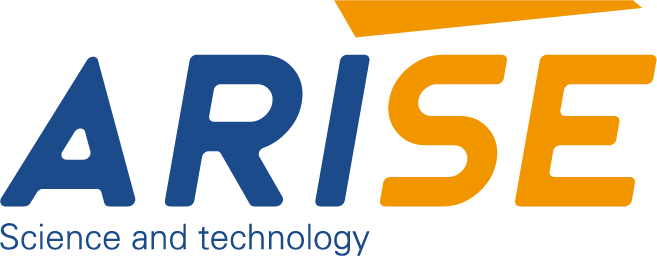How Web Guiding Works in High-speed Production
The ability to manage precision and efficiency along high-speed production lines forms the foundation of effective modern manufacturing. For industries in which high-speed processes consist of flexible materials, or “webs,” such as paper, films, textiles, and metal foils, the value of web guiding systems becomes a necessity. Consequently, these systems guarantee accurate positioning which minimizes the waste of materials and enhances the overall quality of the finished product.
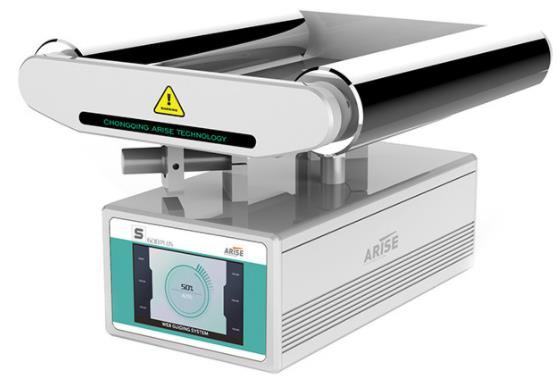
Table of Contents
Why Web Guiding is Essential in High-Speed Production
Web guiding is the technology responsible for controlling the lateral position of a continuous material as it passes through a machine for processing. High-speed production lines require a high degree of precision, where the lack of it for a minimal amount of time can lead to defects, machine stoppages, or excessive wastage.
Maintaining Product Quality
Among the various reasons for using web guiding technology in high-speed production, the most important is the need to ensure product quality. During printing, coating, or laminating, alignment problems with the web could lead to defects, such as misregistered prints, uneven coating, or even crumpled and ripped webs. Web guiding systems improve precision by continuously measuring the material’s lateral position and adjusting the position. For flexible packaging, textiles, and printing, the industries in which the technology is most critical, this accuracy determines the product’s visual quality and functional value.
Reducing Material Waste
When running fast, production creates a lot of waste roll materials. Even small alignment mistakes can become major costs if they happen often. Damage to edges, scrapped pieces, and pauses in production are all caused by alignment webs left uncorrected. Waste reduction, higher yields, and lower total costs of production are all the result of proper aligning, as are the most accurate systems of deflection. The ability to deflect in real time limits the amount defected material that gets wasted.
Enhancing Production Efficiency
In production efficiency, wasting aligning materials to avoid production stops and mechanical damages are even more important. Properly aligned webs are able to keep working at high speeds, leading to a cumulative increase in time available to work. The optimum speed of the equipment can be maintained, leading to higher production volumes. This efficiency gets more limited by the required downtime in continuous production processes like paper production, film coating, or high-volume printing.
Protecting Equipment
When equipment gets misaligned, production equipment parts like rollers, blades and other machine parts get uneven stress and become misaligned. The deployed web guiding systems cause the web to move smoothly, which keeps the mechanical strain lower and improves the lifespan of your production equipment. The web guiding systems improve the overall consistency of the production equipment in time.
Meeting Industry Standards
Various sectors impose rigorous quality and regulatory requirements which necessitate fine control over the handling of materials. In high-velocity production environments, achieving precise alignment, which is critical in the achievement of these requirements, is most challenging. Web guiding technology makes certain that the materials are processed to specification, permitting manufacturers to produce goods that fulfill functional and aesthetic requirements simultaneously and reliably.
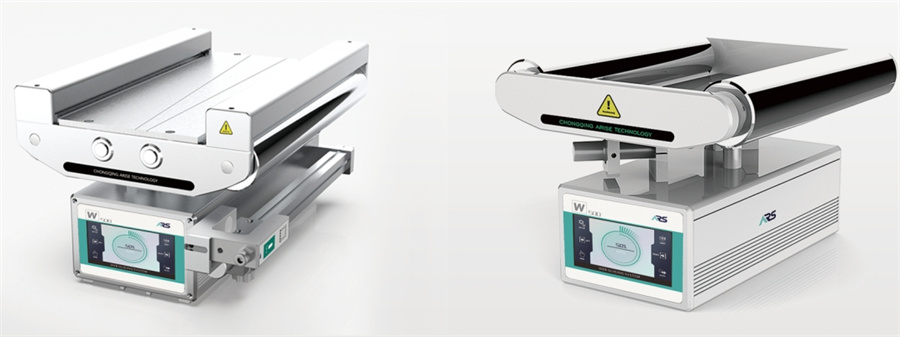
Challenges in Web Guiding for High-speed Production Applications
| Challenge | Description | Impact on Production |
| High-Speed Dynamics | Rapidly moving webs can generate vibrations, oscillations, or flutter. | Leads to misalignment, edge defects, and inconsistent quality. |
| Material Variability | Differences in thickness, elasticity, surface texture, or tension. | Causes uneven tracking, stretching, or wrinkling of the web. |
| Environmental Factors | Temperature fluctuations, humidity, dust, or static electricity. | Interferes with sensors and actuators, reducing guiding accuracy. |
| Sensor Limitations | Delay in response or sensitivity limitations of optical, ultrasonic, or pneumatic sensors. | Slower detection of deviations can result in increased scrap or downtime. |
| Actuator Performance | Insufficient speed, precision, or stability of servo motors or pneumatic cylinders. | May cause overshooting or under-correction, affecting alignment. |
| Integration Complexity | Coordinating multiple sensors, actuators, and control systems in real time. | Improper integration can lead to inconsistent guidance and system errors. |
| Web Edge Guiding Quality | Torn, frayed, or inconsistent edges on the web. | Makes tracking difficult, increasing the risk of misalignment and waste. |
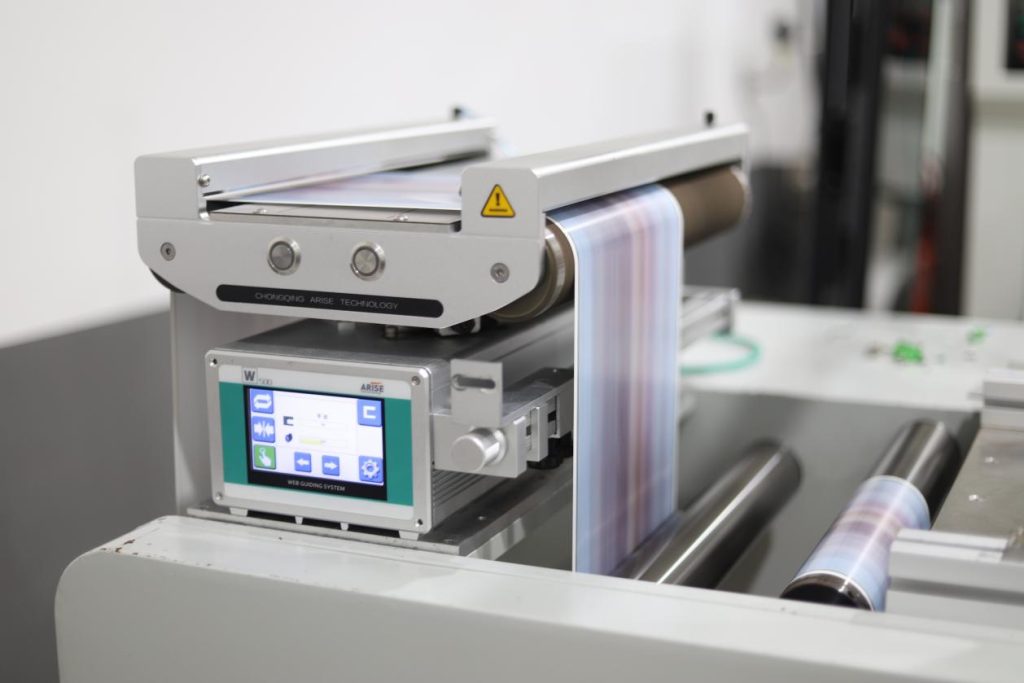
Key Technologies enabling High-speed Production Applications of Web Guiding
1. Advanced Sensor Technologies
Web guiding sensors are the main and most critical component that continuously monitor and control the lateral position of the moving web. High-speed applications require sensors to respond in less than a second and track materials moving at incredibly high speeds. Optical sensors are preferred in most applications because of their inherent precision and the ability to non-invasively detect edges and markings. For webs that are transparent or difficult to visually detect, ultrasonic edge web guide sensors provide reliable distance measurement. In harsh production environments that contain dust, moisture, or vibrations, pneumatic sensors, which use air pressure variations, provide a much needed robust alternative as other sensor types may fail.
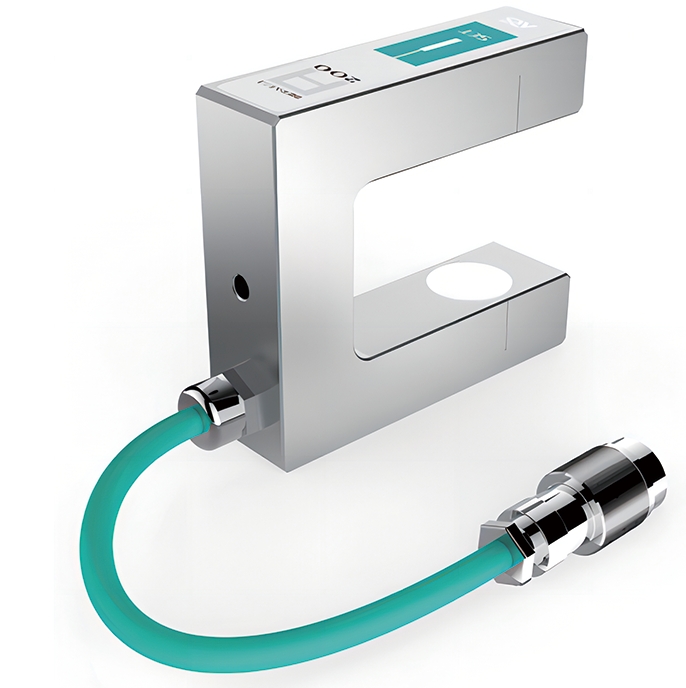
2. Precision Actuation Systems
When adjustments are needed, actuators reposition the rollers or guide plates to realign the web. For rapid precision high-speed web guiding, the most common actuators are servo motors, due to their speed and programmability. For applications where rapid linear movement is needed and control is less complex, pneumatic cylinders are used. Actuator performance is crucial because delays, overshoots, or oscillations in control can lead to misalignment or excessive strain on the material, especially under high-speed conditions.
3. Advanced Control Algorithms
Control systems for automated web alignment consist of a set of actuators and a set of sensors. For high-speed applications, Proportional-Integral-Derivative (PID) control algorithms dominate. These algorithms compute the alignment error in real time and adjust the actuator commands to close the error gap between the set and the actual web positions. The most sophisticated of control systems employ real-time predictive and adaptive control using machine learning to predict adjustments needed to avoid severe misalignment. These systems allow algorithms to provide varying the material and guide the web under changing conditions, resulting in improved precision and performance.
4. Integration with Production Management Systems
In contemporary configurations, web guiding systems are seldom independent systems, instead they incorporate elements of PLCs, SCADAS, and other management systems. This design lets systems conduct real-time monitoring, logging, and adjustments so they can optimally track a flow of material and coordinate with processes such as printing, coating, slitting, and laminating. Integration also provides advanced predictive maintenance to notify operators of failing sensors and actuators before they compromise production.
5. Material Handling and Edge Detection Techniques
The performance of web guide systems depends heavily on effective material handling and edge detection. Techniques such as edge pinching, nip roller alignment, and tension control work synergistically with sensors and actuators to maintain web motion. In such systems, delays and even small imprecisions during the processing of material webs can, and usually will, result in the systems failing to track the material, causing serious issues. For this reason, proper and effective handling with supplementary technologies are critical.
6. Environmental Adaptation Technologies
Production lines that move materials such as paper at high speeds involve a combination of difficult environmental conditions such as dust, high humidity, and heat, which tend to shift quickly. These conditions are complicated with the presence of static electric charge. Laser and other specialized sensors are used in combination with environmental compensation algorithms so the systems can better maintain guiding control. These systems improve guiding even under less precise conditions, which translates to less operational downtime and less material scrap.
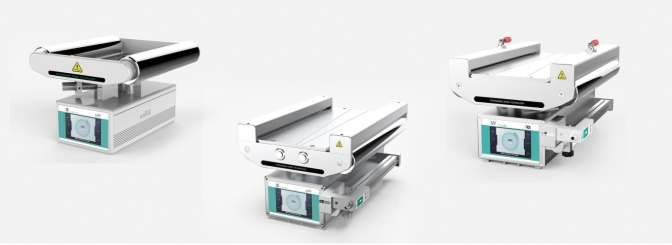
Industries Benefiting from High-Speed Web Guiding
Different industries utilize web guiding technologies to fulfill the rigorous standards set by rapid production speeds and each benefits from it in their own distinct ways.
Packaging Industry
The packaging industry is one of the biggest beneficiaries of high speed web guiding. During printing, laminating and cutting packaging flexible materials, plastic films, foils and laminates must be precisely aligned. Flimsy materials that have been misaligned during these processes lead to registration issues, defective prints and waste of raw materials. Web guiding systems in the packaging industry streamline the processes ensuring that raw materials are aligned consistently and reduce the accuracy of printed graphics and laminated products. The quality of laminated products improves drastically. This is especially important in the packaging of consumer goods and food products. The structural integrity and visual appeal is important.

Paper and Pulp Industry
The production of paper entails the use of large rolls of continuous material which moves at very high speeds. Paper production is very sensitive to material misalignment. Even slight misalignements can result in wrinkles, edge tears, uneven coatings and other defects theat increase production costs and compromise the quality of the finished paper. High speed web guiding systems are able to control the sheets of paper moving in lateral and longitudinal directions. This reduces the amount of waiting time in the production cycle, waste of materials and uneven coating. The high speed printing and specialty paper production are able to use these systems.
Textile Manufacturing
In the production of textiles, fabrics go through successive stages of dyeing, printing, and coating, all of which require precise alignment. Skewing, wrinkling, and uneven staining of fabrics can result in defects that are extremely expensive to fix. Web guiding systems preserve the edge alignment of the fabric throughout the production system, so that patterns, colors, and finishes are applied with the necessary accuracy. This is of great importance in the production of expensive textiles, and in the technical fabrics designed for the automotive, medical, and other industrial sectors.
Metal Foil and Film Processing
Web guiding is key during high speed rolling, slitting, and coating operations for foils and polymer films such as aluminum. In these and other expanding industries, value loss and quality degradation are the result of misaligned materials that stretch, tear, and undergo uneven processing. Web guiding systems maximize the value of these materials by ensuring that they are perfectly centered, allowing accurate slitting, laminating, and finishing of surfaces.
Printing Industry
In high-speed printing scenarios, registration accuracy for images and text is vital. Web guiding systems keep the media aligned as it passes through the press. This increases production speeds while maintaining quality, minimizing misprints, and reducing waste. Web guiding is crucial for printing newspapers, packaging labels, and running continuous-feed printing systems. This technology is used for the printing of flexible packaging graphics, and many other processes that require continuous-feed printing.
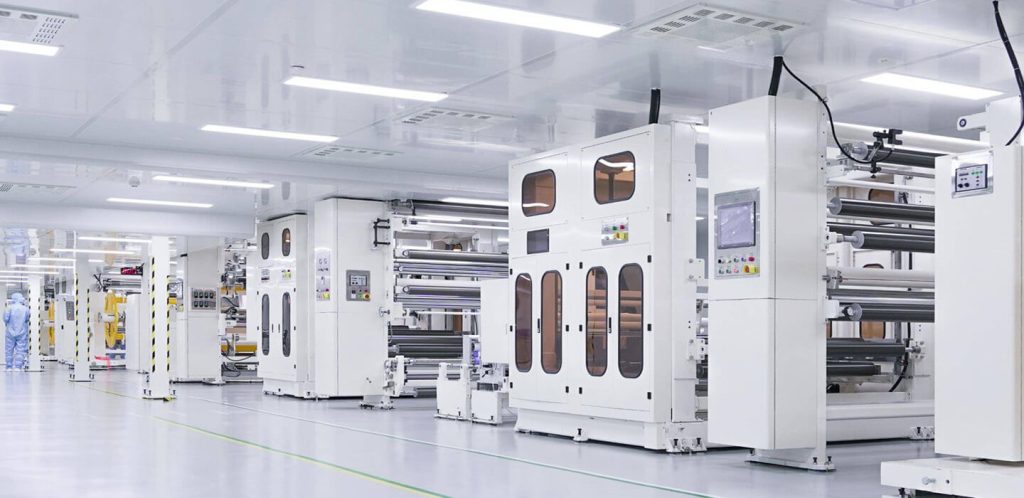
Future Trends in High-speed Production Applications of Web Guiding
Several imminent trends are expected to dramatically innovate the application of web guide in high-speed production to levels unprecedented in efficiency, quality, and dependability.
Adaptive and Self-Learning Control Systems
Future web guiding technology will depend predominantly on the use of adaptive and self-learning control systems. Self-learning systems move beyond traditional PID controllers which respond to events after they happen. PID web guide controllers will be, for instance, unable to adapt to changes in the web, varying speeds, or the environment. Self-learning systems enhance control, minimize variance, and ensure precision alignment in high order, even in underdefined or variable production situations.
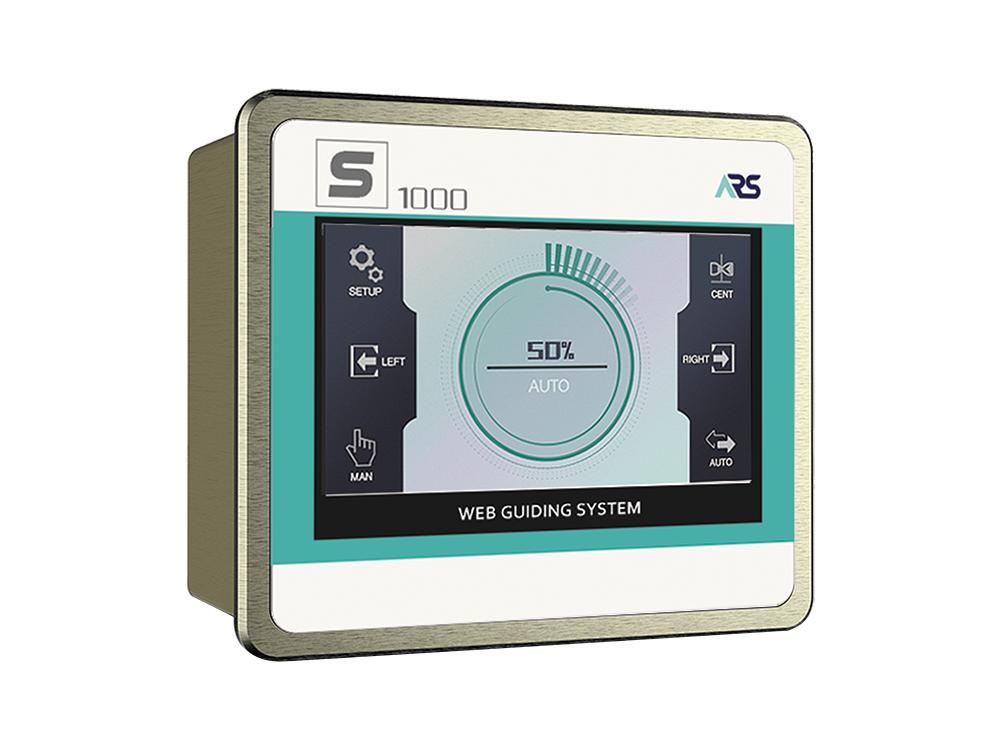
Sustainability and Resource Efficiency
There is growing interest in sustainability and resource efficiency in manufacturing. Advanced web guiding systems help improve resource efficiency because they reduce waste. Advanced web guiding systems minimize energy and optimize production throughput. Future advancements may involve the more proactive integration of web guiding systems with sustainable production practices in guiding systems and the environmentally sustainable production use of energy and materials.
Human-Machine Collaboration
Human operators will still perform some tasks on fully automated production systems, on high-speed production lines. Future systems are expected to have more supportive automated systems with intuitive human interfaces, AR visualizations, and real-time automated systems feedback to aid in human decision-making for web guiding systems. Faster troubleshooting, more efficient process adjustments, and safer production environments will help optimize human-machine collaboration.
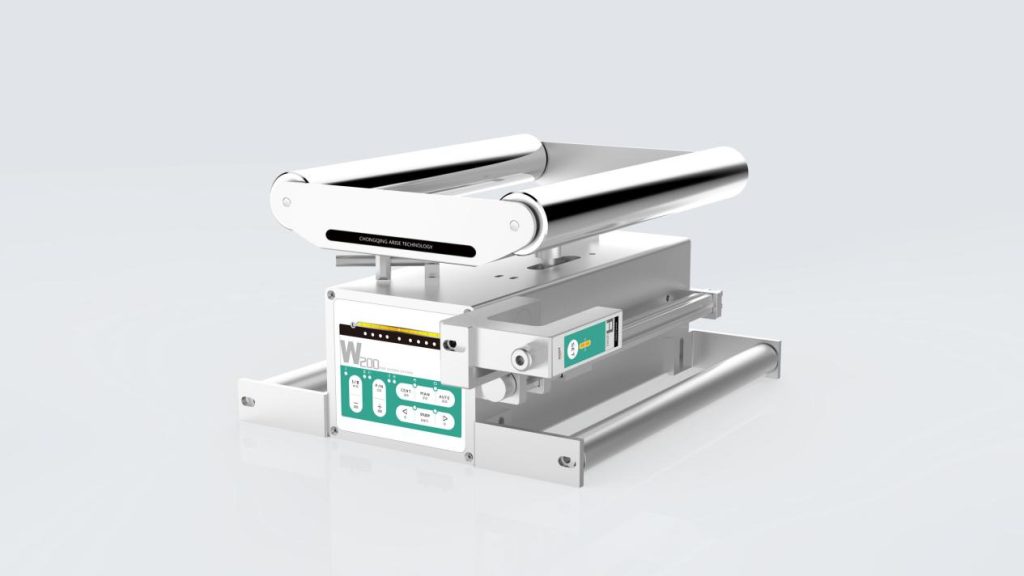
Final Thoughts
Maintaining the quality, efficiency, and cost-effectiveness of web guiding systems in high-speed production environments is crucial. Advanced web guide control systems will continue to be instrumental in realizing the goals of uninterrupted material processing as various sectors continue to expand the bounds of what is achievable.
